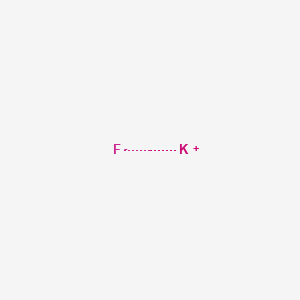Black rot is a bacterial disease caused by Xanthomonas, which, in addition to damaging cauliflower, also harms cruciferous vegetables such as cabbage, kale, and radish. In recent years, black rot of cauliflower has been increasing year by year, which has seriously affected the yield and quality of cauliflower.
First, the symptoms
After the plants are infected by the bacteria, the leaves start to develop from the leaf margin. The “Vâ€-shaped yellowish-brown lesions that form from the apex of the veins inward and on both sides of the veins become necrotic and dark. When the air is dry, the diseased part is dry and brittle. The diseased tissue rots and the stems and roots are destroyed and the vascular bundles turn black.
Second, comprehensive prevention and control measures
1. Seed bed disinfection: Formalin can be used as an agent. Formalin can be used with 30 to 40 ml of formalin and 2.5 to 5 kg of water per square meter of seedbed. Then the spray is used to spray the sprayer to spray the soil. After spraying, cover the agricultural film. After one week, uncover the agricultural film and turn the soil several times to allow the formalin to evaporate completely. The time is about 5-7 days.
2. Seed treatment: Use 50% Daisen ammonium hydroxide 200 times liquid soaking for 15 minutes, then wash and dry to sow. Warm soaking will seriously affect the germination rate of cauliflower, so it should be used with caution, as far as possible.
3. Seedbed management: If the nursery period is in summer, it must be used to protect the nursery, covered shading nets, to prevent sun exposure and heavy rain erosion, seedlings unearthed, we must often see the seedlings to ensure seedlings uniform seedlings, if diseased seedlings appear , timely removal and spraying control, while throughout the nursery, prevent blight, damping-off, cabbage caterpillars and other pests and diseases.
4. Rotational rotation: The rotation of non-cruciferous vegetables for more than 2 years can basically solve soil contamination problems. In order to eliminate or reduce the pathogenic bacteria in the soil, deep soaking the sun before planting for 10 to 20 days, in order to speed up the aging of plant residues and the death of bacteria in the soil.
5. Fertilizer and water management, cultivating and weeding: seedling colonization, easing seedlings, to give enough seedling fertilizer, plant fertilizer during the growth period to 2 to 3 times, to prevent premature aging plants, and enhance their resistance. Irrigation should not be flooded to reduce the spread of germs. According to the public opinion, timely cultivator weeding.
6. Insect pest control: in addition to direct damage caused by pests, but also provide pathogens from the wound infection, so more pests of land, black rot is also heavy, to prevent disease must be pest control, especially control of cabbage caterpillars and diamondback moth The hazards.
7. Prevention and treatment of disease: After the occurrence of black rot disease in the field, it should be controlled in time. The control agent can be used 50% Daisen ammonium 500 times solution, agricultural streptomycin, streptomycin sulfate, neomycin and other 200 mg / kg, has obvious control effect, the other 50% thiophanate-methyl and 50% carbendazim WP control effect is also very good.
Potassium Fluoride CAS No.7789-23-3
Potassium Fluoride Basic Information
Product Name: Potassium fluoride
CAS: 7789-23-3
MF: FK
MW: 58.1
EINECS: 232-151-5
Mol File: 7789-23-3.mol

Potassium Fluoride Chemical Properties
Melting point: 858 °C(lit.)
Boiling point: 1505 °C
Density: 2.48
Vapor pressure: 1.3 hPa (885 °C)
Fp: 1505°C
Storage temp.: Store at RT.
Solubility H2O: 1 M at 20 °C, clear, colorless
Form: spray-dried
Color: White
Specific Gravity: 2.481
PH: 7.0-8.5 (25℃, 1M in H2O)
Water Solubility: 92.3 g/100 mL (18 ºC)
Sensitive: Hygroscopic
Potassium Fluoride,Potassium Fluoride Hydrolysis,Potassium Fluoride Phase,Potassium Fluoride Phase
ShanDong YingLang Chemical Co.,LTD , https://www.sdylhgtrade.com